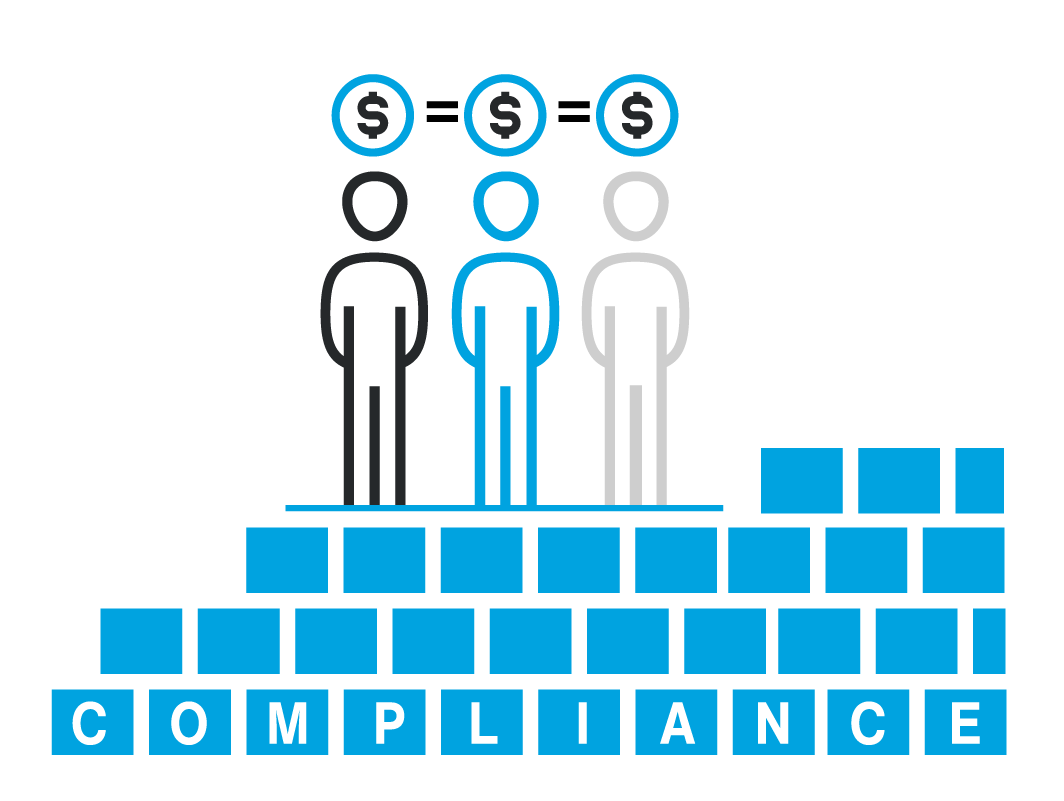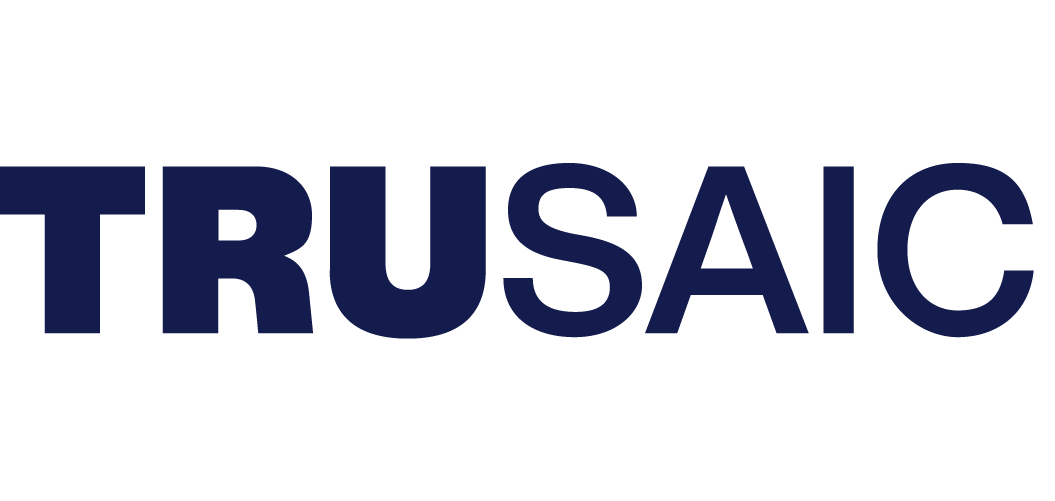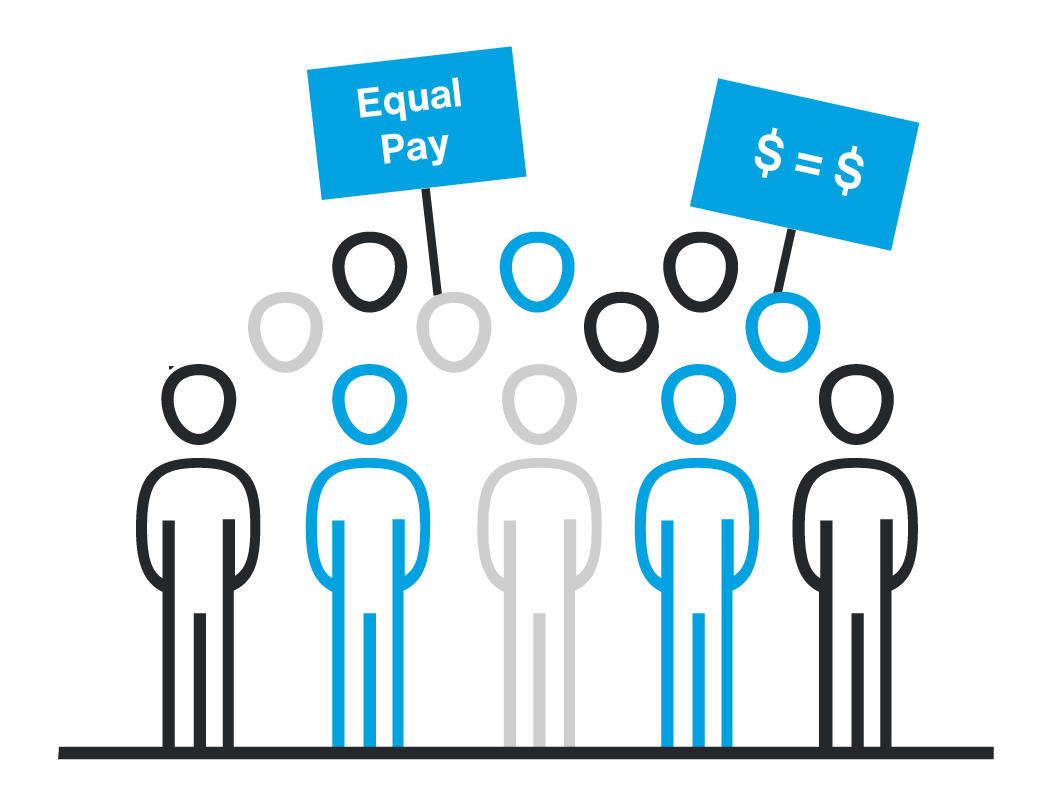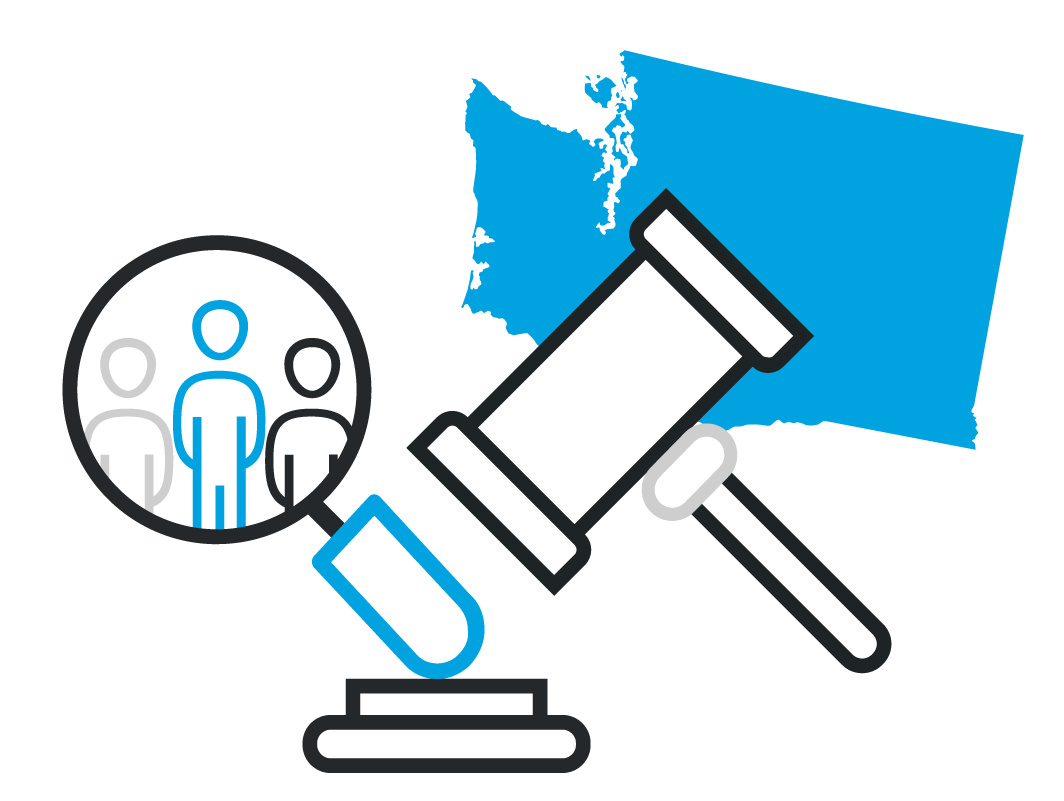
As pay equity continues to evolve as a key component of total rewards and talent management strategy, organizations are increasingly focused on remediating pay disparities.
WorldatWork’s 2024-25 Salary Budget Survey revealed as much, as it found 70% of the 2,249 participating organizations are making pay adjustments in 2025 to address pay equity. This continues an upward trend that is two fold:
- Pay reporting and transparency laws continue to expand across the globe, which demands that organizations comply or risk fines, penalties, litigation, and public backlash.
- Organizations increasingly recognize the value of achieving pay equity and being transparent about their compensation philosophy as part of their talent management strategy.
While both components are a significant part of a comprehensive total rewards strategy, ensuring you are approaching pay equity in a legally-compliant manner is foundational.
It Starts With Compliance
Pay equity adjustments or “remediation” are the result of a pay equity analysis. When you conduct an intersectional pay equity analysis, it should be done in a legally-compliant manner. This means, the reference class of your analysis should be defined based on the highest paid class in a Pay Analysis Group (PAG).
For example, if an analysis reveals that men in a PAG are paid more than women, then “Male” is the reference class. Conversely, if an analysis reveals that women in the PAG are paid more than men, then “Female” is the reference class.
This approach means that some PAGs will have Male as the reference gender, and some will have Female (or Non-Binary) as the reference gender. Similarly, looking at race/ethnicity in the U.S., some PAGs will have White as the reference race/ethnicity, and some will have another race/ethnicity as the reference (e.g., Asian, Black, Hispanic).
Achieve Authentic Pay Equity in a Legally-Compliant Manner
The primary benefit of this approach is that it’s neutral in looking for pay disparities (i.e., any demographic class can be identified as having a disparity), thereby reducing the chance of missing any “reverse discrimination” risks. Moreover, in the U.S., this approach is in keeping with the Equal Pay Act of 1963 and Title VII of the Civil Rights Act of 1964.
A prevailing market approach, which is utilized by some workplace equity software solutions, is to pre-set “Male” and “White” as the reference class of your analysis. This is not only problematic as a means of effectively remediating pay disparities — it’s not legally compliant.
So as you look to utilize pay equity as part of your total rewards and talent management strategy, you are undermining that effort from the jump. This is a “robbing Peter to pay Paul” scenario that will be felt by your workforce and is sure to keep your legal team occupied in the coming years.
It’s important to start from compliance and build with equity to achieve your talent management and employee experience aspirations.
Build From Equity
The Society for Human Resource Management (SHRM) recently announced that it would be dropping the “E” from its DEI framework and instead pivoting to “I&D.” CEO Johnny Taylor Jr. said, “We’re going to lead with inclusion, because we need a world where inclusion is front and center. And that means inclusion for all, not some people. Everyone has a right to feel that they belong in the workplace and that they are included.”
This announcement, as expected, was met with chagrin and significant backlash from the workplace equity community. As our Executive Vice President of Pay Equity and Total Rewards Strategies and Solutions Gail Greenfield noted:
“How can we hope to create diverse and inclusive workplaces without creating equitable systems, processes, and practices that are free from bias? The “E” is essential to the equation. The “E” should be at the forefront of all your workplace practices, including compensation.”
Promote Workplace Equity Across All Levels in Your Organization
The same holds true in conducting your pay equity analysis. And it extends from there. Are you preventing pay inequity by ensuring fair and market competitive pay at the time of hire? Are you constantly evaluating what leads to inequities in pay/contributes to your unexplained pay gaps?
This means auditing your hiring, promotion, and retention processes as part of your ongoing analysis. The goal should be to build workplace equity into every aspect of your talent management process.
Leverage Compliant Workplace Equity Software
As more pay transparency and pay data reporting laws begin to come into force, it’s imperative to partner with a legally-compliant pay equity software partner.
The EU Pay Transparency Directive, which will be enacted in some member states as soon as 2025 and will be in effect for all member states by June 2026, is the tipping point. Historically, requirements in Europe are later adopted by California, and then New York, and then the rest of the U.S. tends to slowly follow.
For large, multinational employers, this means a centralized global pay equity strategy is vital. Trusaic’s workplace equity software product suite and expert support enables you to develop a cohesive global pay equity strategy that will ensure compliance and integrate into your total rewards and talent management strategy seamlessly.
Our three-pronged approach is a cut above other solutions:
- Leverage the Regulatory Pay Transparency Reporting™ solution and easily complete required reporting by compliance deadlines.
- Leverage PayParity® and OpportunityParity™ to understand, explain, and resolve pay disparities. And now, with R.O.S.A., you can optimize the spend of your remediation budget to ensure you are maximizing the ROI of each dollar spent.
- Leverage the Workplace Equity product suite to communicate narratives and share salary ranges with confidence. Communicate the sources of your pay gaps, progress objectives, and corrective measures to employees and internal stakeholders. Show data-backed progress in your pay gaps over time.
Our comprehensive workplace equity software solutions and on-demand expert support is with you every step of the way. With Trusaic, you can proceed with confidence, knowing you are working toward achieving pay equity with the backing of methodology that is legally compliant.



